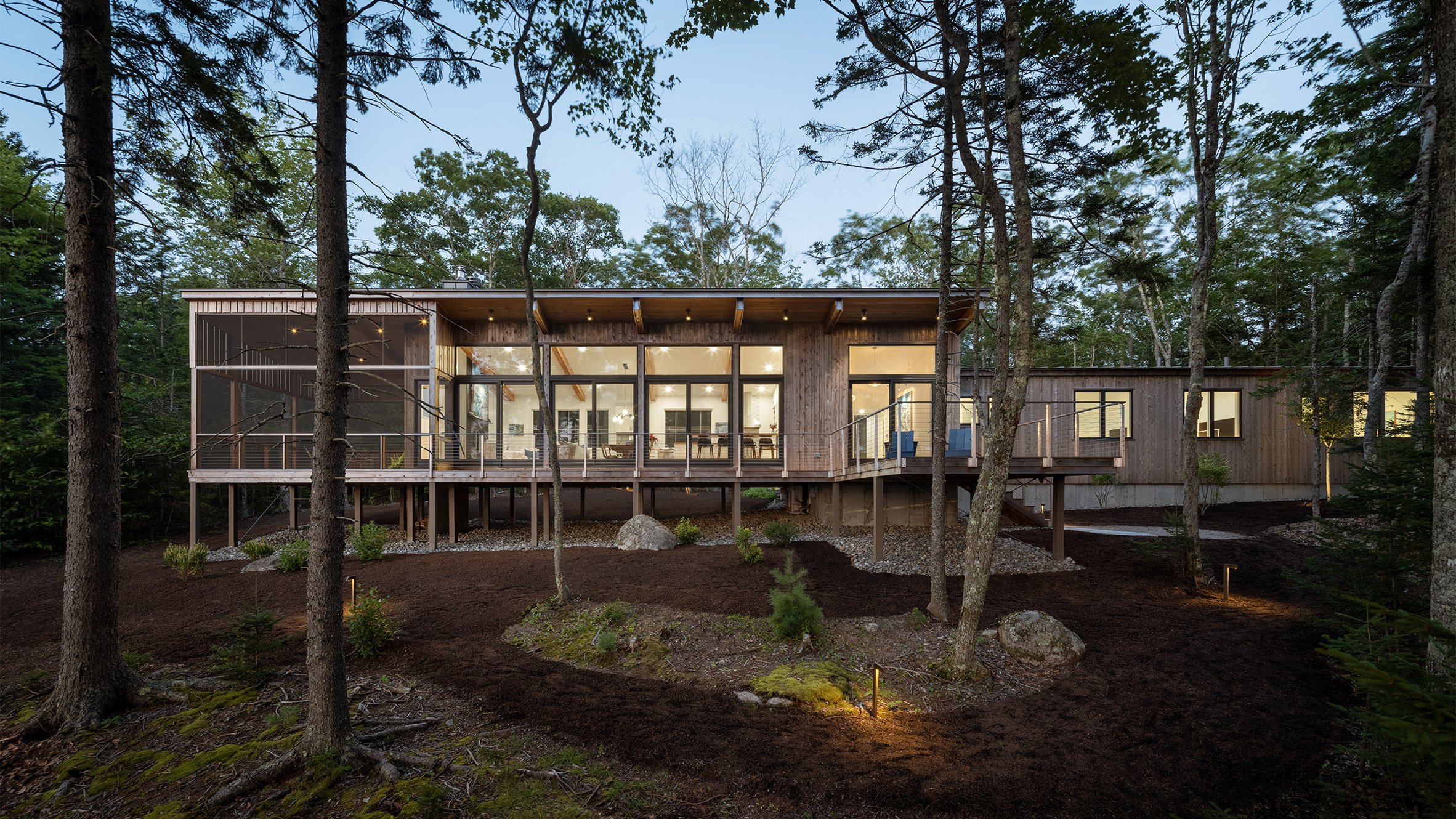Maine, renowned for its rugged coastlines, picturesque landscapes, and vibrant culture, boasts a rich architectural heritage that reflects its unique identity. Architects in Maine draw inspiration from the state’s natural beauty and cultural diversity, blending traditional New England styles with modern innovations. Let’s delve into the world of Maine architects and explore their contributions to the architectural landscape.
Traditional Influences
Maine’s architectural history is steeped in tradition, with influences ranging from Colonial and Federal styles to the iconic Maine Cottage style. These traditional styles emphasize simplicity, functionality, and a harmonious relationship with the surrounding environment. Architects often incorporate elements like steep gabled roofs, clapboard siding, and large windows to capture natural light and views of Maine’s breathtaking landscapes.
One notable example is the work of John Calvin Stevens, a prominent figure in Maine architecture known for his designs that seamlessly blend historic styles with contemporary needs. His legacy includes numerous residential homes and public buildings that remain iconic to this day.
Modern Innovations
While honoring tradition, Maine architects are also at the forefront of modern architectural innovations. Sustainable design practices are increasingly prevalent, with architects integrating energy-efficient materials and technologies to minimize environmental impact. Projects often feature passive solar design, green roofs, and locally-sourced materials, reflecting a commitment to sustainability and community resilience.
Architects such as Carol A. Wilson and Scott Simons are notable for their contributions to sustainable architecture in Maine. Their projects not only prioritize environmental responsibility but also celebrate Maine’s unique cultural and natural heritage.
Community and Cultural Significance
Maine architects play a vital role in preserving and celebrating the state’s cultural heritage. Historic preservation projects are a cornerstone of architectural practice, with architects working diligently to restore and adapt historic structures for modern use. This commitment to preserving Maine’s architectural legacy ensures that future generations can appreciate and learn from the past.
Furthermore, architects in Maine actively engage with local communities to create spaces that foster a sense of place and identity. From community centers to educational institutions, these architects design buildings that reflect the unique character of Maine’s diverse communities.
The Future of Maine Architecture
Looking ahead, Maine architects continue to embrace innovation while honoring tradition. The state’s architectural landscape is evolving to meet the demands of a changing world, with a focus on sustainable, resilient design that responds to climate challenges.
Architectural firms across Maine, from Portland to Bar Harbor, are collaborating on projects that redefine what it means to be a Maine architect in the 21st century. These projects encompass a wide range of sectors, including residential, commercial, and public spaces, demonstrating the versatility and creativity of Maine’s architectural community.
